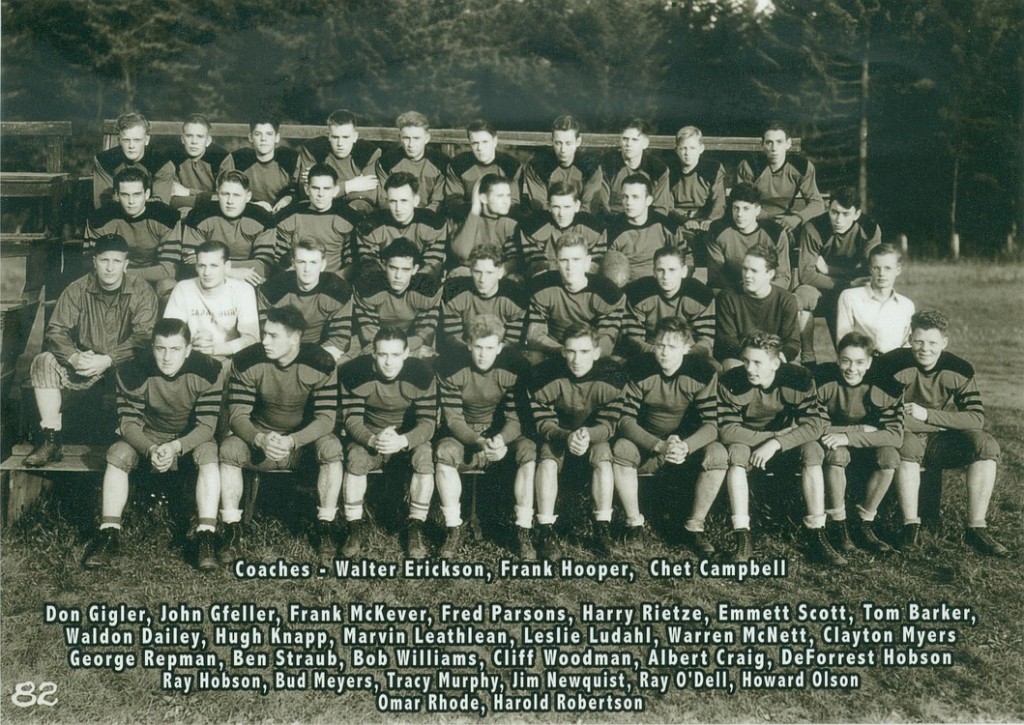Watching football has become a part of America’s Thanksgiving tradition as much as turkey dinner.
This year, the NFL is scheduled to televise three games on Thanksgiving Day. In 1937, there were no televised games — Philo Farnsworth, who pioneered the technology for television, was just successfully concluding patent litigation against RCA for his image dissector, which evolved into the modern TV set.
Even though there was no television in 1937, Clark County households still had to juggle Thanksgiving dinner around football. The big game that year was Camas High School against Vancouver High School, set for a 10 a.m. kickoff at Camas Athletic Field. Admission was 50 cents for adults and 35 cents for students, with local newspapers predicting a crowd of 4,000 people.
Going into the game, Camas was riding a nine game winning streak, including a 52-21 Armistice Day victory over Washougal, and a 12-7 win over Salem High School, widely regarded as the best team in Oregon that year. The Papermakers were coached by Walt Erickson, and were led by senior half-back Don Gigler who scored 136 points that year, and sophomore half-back Jimmie Newquist, who went on to star for the University of Oregon. The Trappers were at 6 and 5, but had a substantially similar record against the opponents they had in common with Camas.
For the Thanksgiving Day game, Camas suited up only 21 players on its roster. It was the single platoon era, meaning that players were required to play offense, defense and special teams. If a player left the game, he was ineligible to return until the following quarter. Camas was also undersized, even by the standards of the day. Its line averaged only 150 pounds, while star half-back Don Gigler weighed in at 138 pounds. To put that in perspective, Zach Eagle, the talented wide receiver and defensive back for the 2013 Papermakers, measures 5 feet 8 inches tall and weighs 165 pounds. If he had played in 1937, he would probably have lined up at offensive and defensive tackle.

